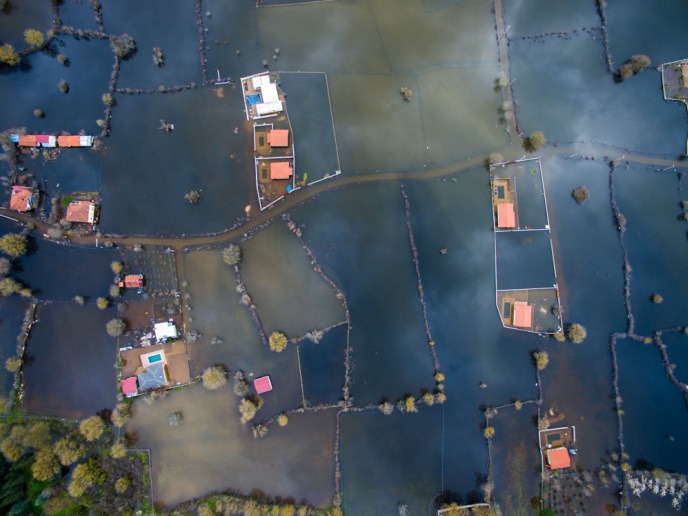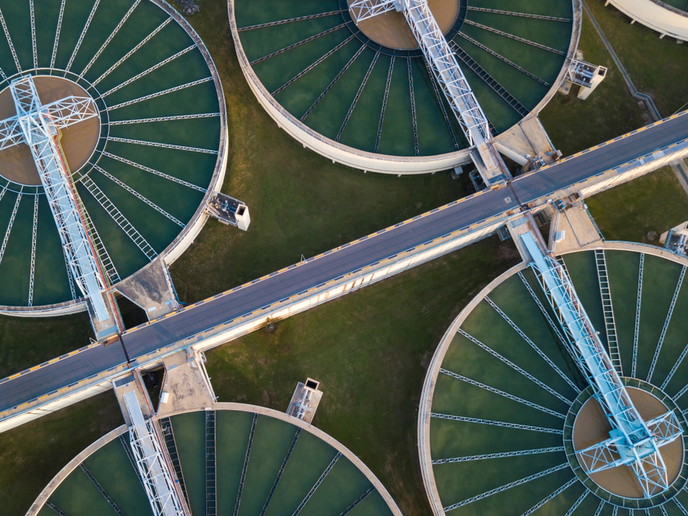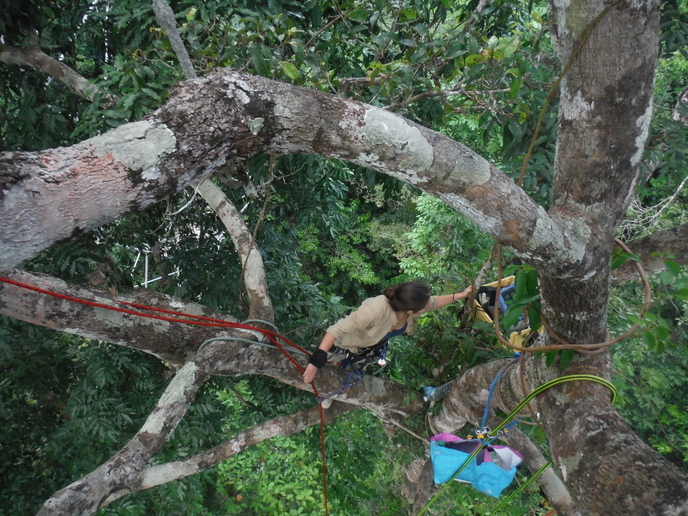Gauging contamination for safer water
Concerns about water pollution tend to focus on surface water. Consequently, for many countries worldwide, urban groundwater pollution is often a neglected issue. Whether it be direct infiltration through pervious surfaces or from point contamination sources (often leaks in pipes), contaminants may pass through soil to reach groundwater. This thereby creates the potential to pollute urban aquifer systems. The protection of urban water resources from contamination is one of the major concerns of authorities responsible for the management of these resources. For effective control, knowledge of pollutant sources and their transport pathways through ground structures to the aquifers is critical. In order to prevent contamination, new urban water management tools and Decision support systems (DSS) are urgently required, such as a computer-based software tool to generate groundwater contamination data. The tool currently being developed under the AISUWRS (Assessing and improving sustainability of urban water resources and systems) project incorporates several models, including one that estimates the extent of leakage from sewer pipelines. SLeakI (Sewer leak index) considers leaks from pipes. The assumption made is that each leak occurs in a pipe that is embedded in sand in a trench, and that a colmation layer will form below the leak. This layer serves to limit the rate of flow from the leaks, and also removes a high proportion of the microbes. The flow path of water leaking from the pipe will be determined, among other things, by soil texture. In terms of inputs into SLeakI, issues such as soil properties and leak flow rate are necessary. The leak data in the AISUWRS study is provided by the NEIMO output (leak volume and contaminant concentration) of each asset in the pipe network. This data is used to estimate both the path through each soil layer and the residence time of water in that layer. SLeakI has been developed by Australia's Commonwealth Scientific And Industrial Research Organisation for the AISUWRS project. The ultimate objective of this project is twofold: to develop a management and DSS system, and to produce detailed guidelines for the safeguarding and protection of urban water resources.







